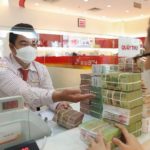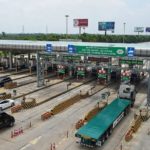|
Business Briefing Gold rate: VND 66.1 million per tael (buying) – VND 67.12 million per tael (selling) Reference exchange rate: VND 23,173/USD Growth forecast: Vietnam able to become new tiger in Asia, said economists Market news: Vietnamese enterprises limited in global supply chain Weather Forecast High possibility of rain remains nationwide. |
Business Briefing
Gold rate
This morning, the domestic gold price this morning fell sharply with a decrease of VND 200,000 to 500,000 per tael. With this adjustment, the domestic gold price has reached nearly VND 67 million per tael in the selling transaction.
At dawn, SJC gold price was adjusted down by VND 500,000 in both directions, bringing the final price to VND 66.1 million per tael (buying) and VND 67.12 million per tael (selling). DOJI gold price is adjusted to be VND 66.05 million/tael (buying) and VND 67.05 million (selling).
Reference exchange rate
The State Bank of Vietnam set the daily reference exchange rate for the US dollar at VND 23,173/USD on August 16, up VND 13 from the previous day. With the current trading band of +/- 3%, the ceiling rate applied to commercial banks during the day is VND 23,868/USD, and the floor rate is VND 22,478/USD.
The opening-hour rates at many commercial banks increased. BIDV listed the buying rate at VND 23,265/USD and the selling rate at VND 23,545/USD, both up VND 10 from the end of August 15. Vietcombank also added VND 10 to both rates, listing at VND 23,230/USD (buying) and VND 23,540/USD (selling).
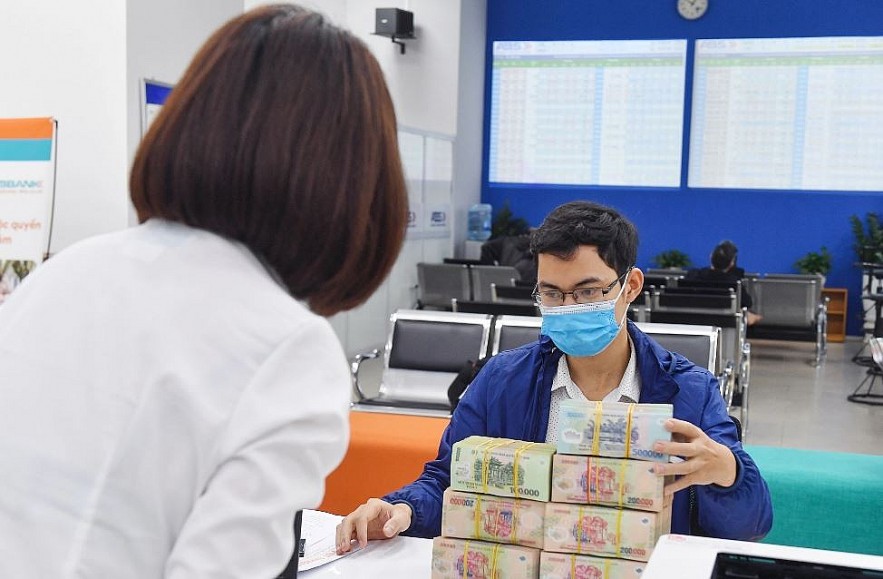 |
| Photo: Zing |
Growth forecast: Vietnam able to become new tiger in Asia, said economists
Vietnam, a rising star in the global supply chain, has the potential to become a new tiger in Asia, economist Brian Lee Shun Rong at Maybank – Malaysia’s largest financial services group and the leading banking group in South East Asia – has reportedly said.
Speaking at Forbes Vietnam’s recent Business Forum, Brian Lee affirmed that Vietnam will become a new tiger of Asia, after the Republic of Korea, Singapore, China’s Taiwan, and Hong Kong. He said that the Vietnamese industry is developing strongly, driven by foreign-invested enterprises.
According to data from Maybank, both FDI influx into Vietnam and its export turnover in the past 10 years are bigger than those of all other Southeast Asian countries. In particular, the electronics and phone industry has surpassed garment and textiles to become the biggest contributor to the total export value.
This shows that Vietnam has enhanced its position in the global value chain, said Brian Lee, adding that the productivity of its workers also grows faster than that in other ASEAN countries. To become a tiger of Asia, Vietnam should have a world-standard infrastructure and skilled workforce, support domestic enterprises in improving their foothold in the global supply chain, and step up growth based on digital transformation, the economist noted.
The Russian newspaper also quoted economic expert Nguyen Xuan Thanh, a lecturer at the Fulbright School of Public Policy and Management, as saying Vietnam is well-controlling inflation and fiscal and monetary policies. According to him, even if the world oil price increases again, without exceeding the peak of 120 USD per barrel, Vietnam’s economic situation in 2022 will still be positive, with inflation below 4% and GDP growth over 7%.
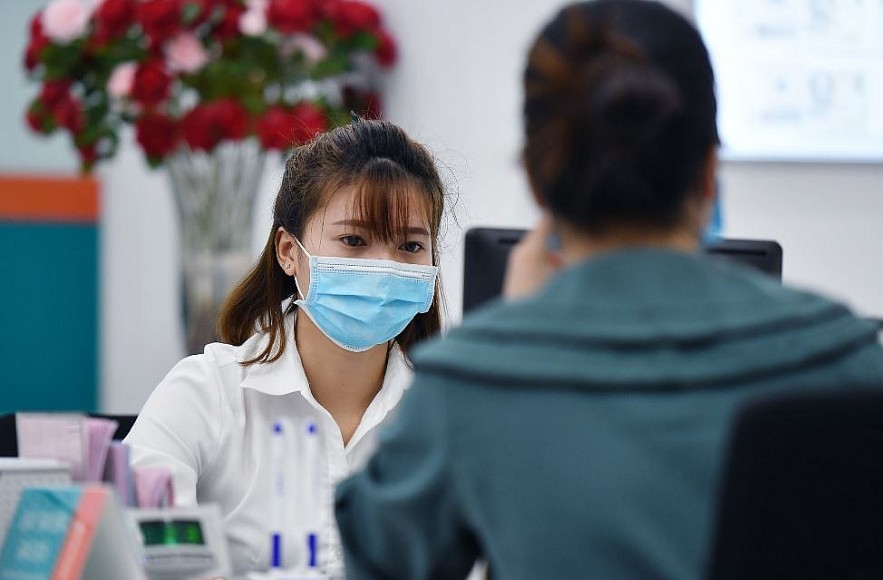 |
| Photo: Zing |
Market news: Vietnamese enterprises limited in global supply chain
Vietnamese enterprises currently have limited participation in the global supply chain, and are not deeply involved in the value chain of multinational corporations in Vietnam. Pham Tuan Anh, Deputy Director of the Industry Agency at the Ministry of Industry and Trade, said that Vietnam currently had about 5,000 processing and manufacturing enterprises engaged in providing spare parts for the automotive and mechanical industries.
In which 70% of enterprises supply domestic manufacturers, 8% supply exporters, and 17% are involved in providing both. Only about 30% of supporting industry enterprises have joined the global supply chain and value chain. This linkage is loose for many reasons, the main one being the limited internal resources of the industry, said Anh.
Do Thi Thuy Huong, Vice President of the Vietnam Association for Supporting Industries, said that the specificity of the industry required capital and technology, which were two weaknesses of Vietnamese enterprises. Besides, the linkage between enterprises in Vietnam is still limited and can be said to be weak. They have not fully been aware of the great benefits of linking into the domestic business community or between domestic and foreign enterprises.
Anh also acknowledged that Vietnam currently did not have a leading business in the industry. The level of enterprises and the quality of human resources were still limited. Research and development work and new product development had not been paid attention and there was a lack of investment capital, said Anh. Meanwhile, he added that the allocation of resources to implement policies to support the development of the supporting industry was still ineffective due to the overlapping conflicts of other laws.
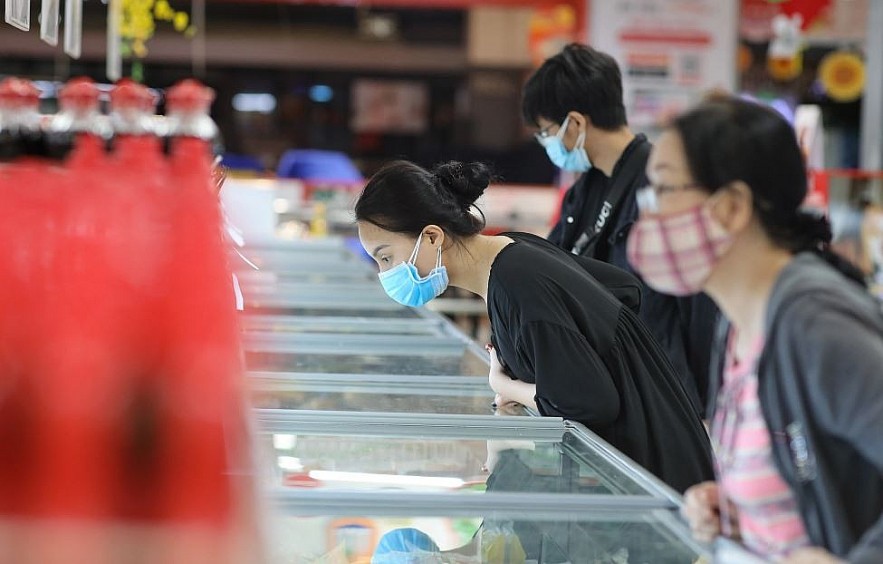 |
| Photo: Zing |
Weather Forecast
August 17: Hanoi enjoys scattered showers and thunderstorms. However, the volume of rainfall tends to decrease. Meanwhile, Da Nang and Ho Chi Minh City continue to have sunny daytime and scattered showers and thunderstorms in the evening and at night.
From about August 19-20, subtropical high pressure has stable intensity and tends to be more active and slowly encroaching to the West. From Da Nang to Binh Thuan,thunderstorms may appear in the afternoon and evening, particularly from August 19-21.
Vietnamese expert calls for enhancing community resilience to deal with natural disasters
In October 2020, according to the National General Statistics Office, central Vietnam was hit by four tropical storms with heavy rains and landslides that killed 129 people and damaged more than 111,200 houses. Even though the local people are no strangers to killer tropical storms, Nguyen Ngoc Huy, a Vietnamese international expert and senior advisor for Oxfam on climate change, believes more needs to be done in order to save lives and property after natural disasters.




